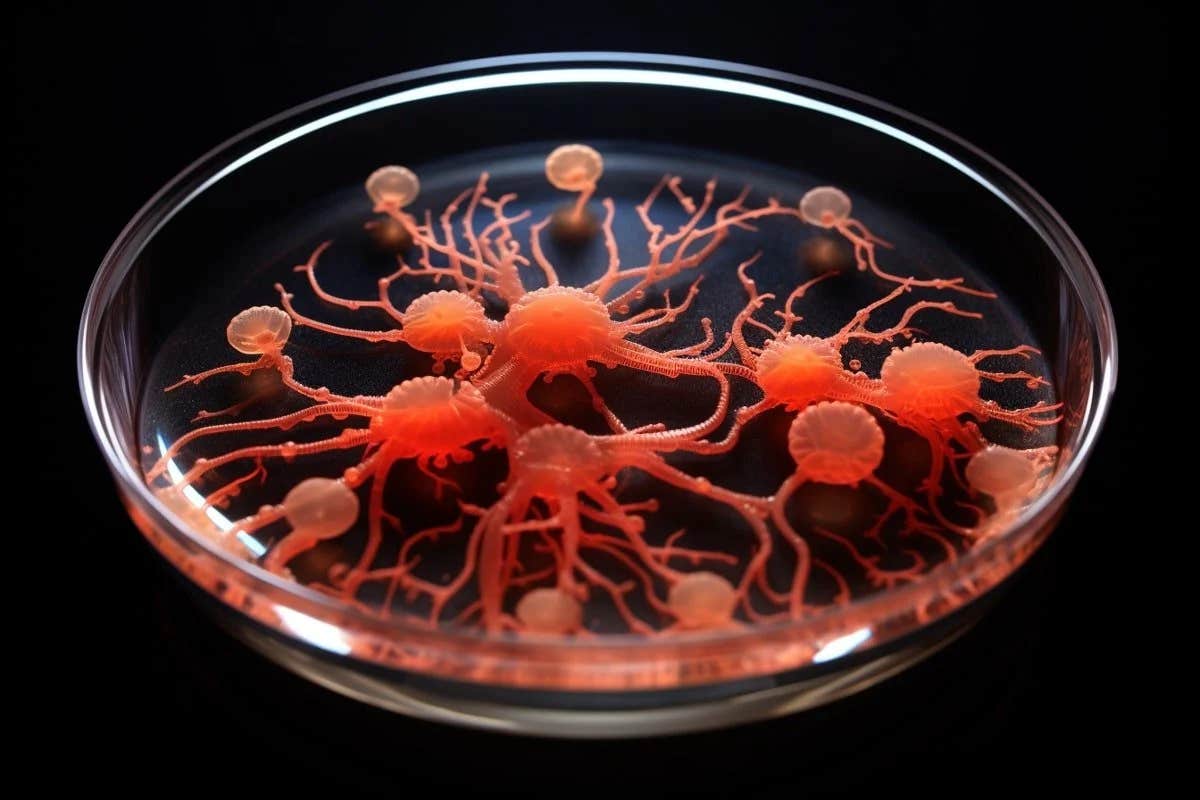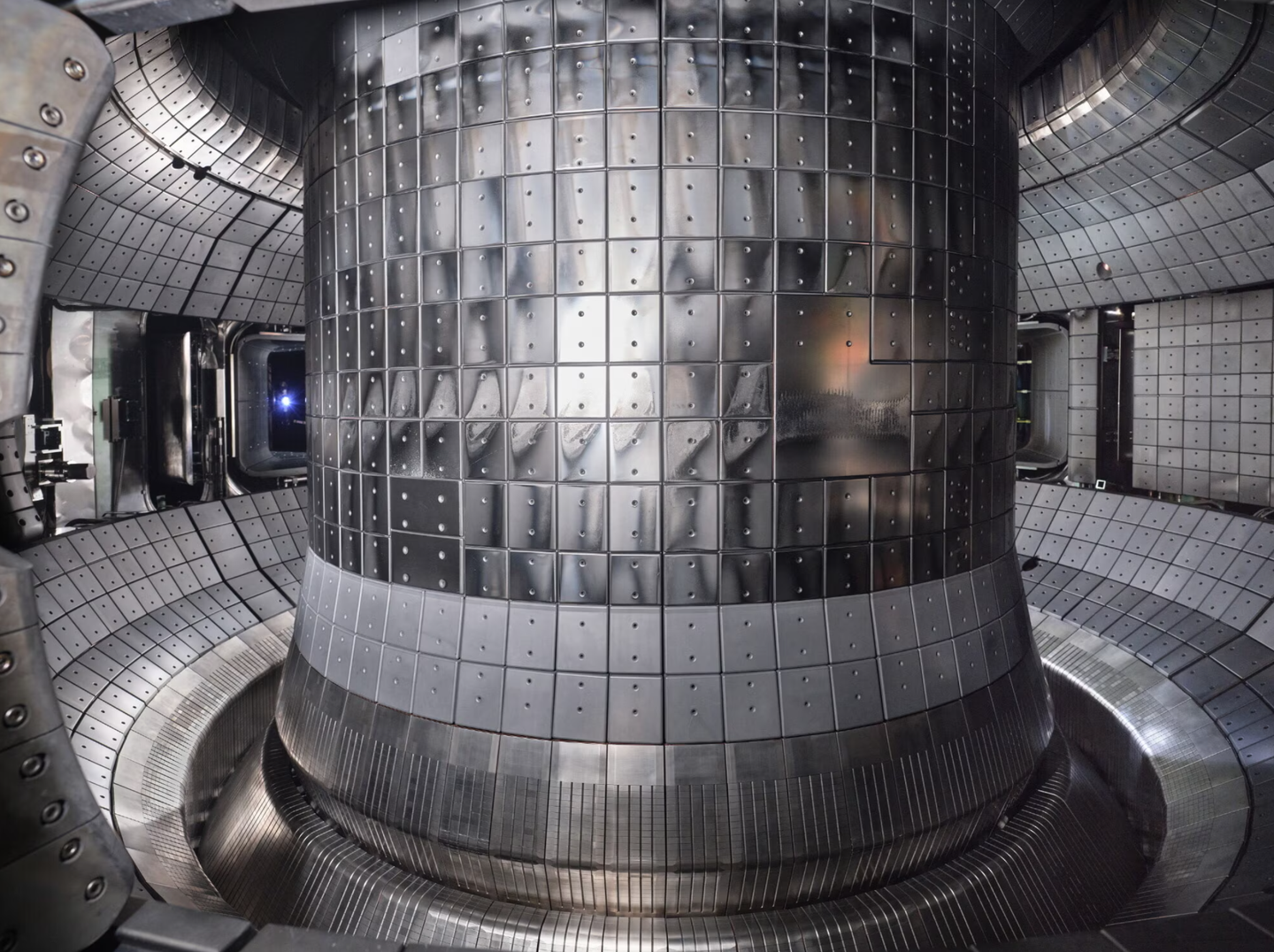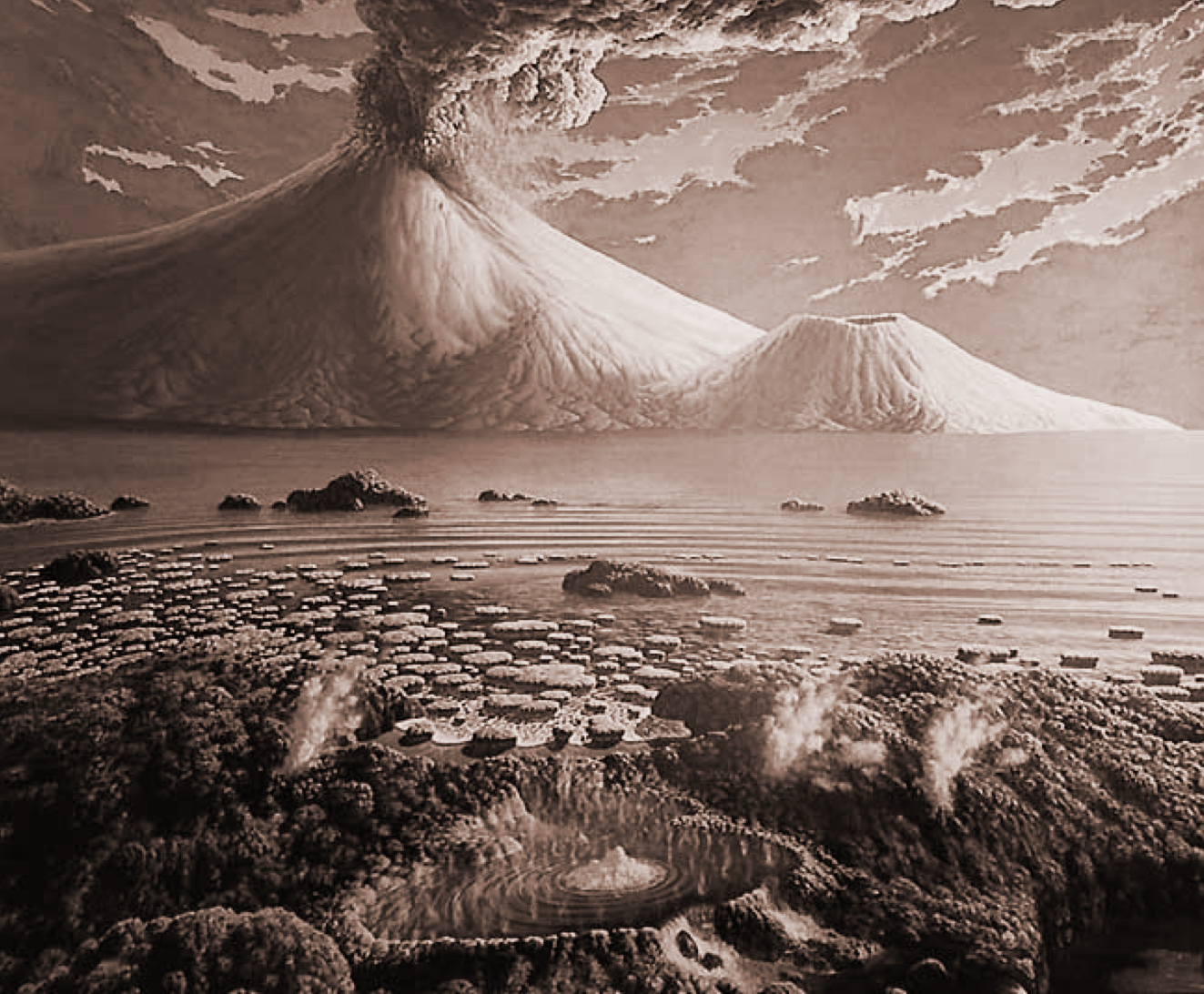Artificially grown ‘mini-brains’ revolutionize neuroscience research
Researchers have developed an advanced method to produce artificially grown miniature brains, known as human brain organoids.

[Aug. 10, 2023: Staff Writer, The Brighter Side of News]
If the memory of your first bike ride, or the scent of your mother's cooking from your childhood home, is triggered, where in your brain would you find these memories stored? (CREDIT: Nicoletta Barolini)
In a landmark study, scientists at the University of Michigan have developed an advanced method to produce artificially grown miniature brains, known as human brain organoids. These organoids, devoid of animal cells, may hold the key to revolutionizing our understanding of neurodegenerative conditions and herald a new era in their treatment.
Over the past decade, the realm of neurological disease research has seen a paradigm shift. Rather than relying solely on mouse models, scientists have looked to human brain organoids.
Unlike traditional methods, these self-assembled, 3D tissues are derived from embryonic or pluripotent stem cells. As a result, they provide a more accurate representation of the intricate structure of the human brain compared to conventional two-dimensional cultures.
However, a significant challenge remained. The extracellular matrices — intricate networks of proteins and molecules that give structure to the cells in brain organoids — commonly employed a substance derived from mouse sarcomas named Matrigel. This method had its share of drawbacks, most notably a vaguely defined composition and inconsistencies from one batch to another.
Related Stories
But the recent groundbreaking research from the University of Michigan, which was featured prominently in the Annals of Clinical and Translational Neurology, offers a beacon of hope. The investigative team, led by prominent scientists, pioneered a cutting-edge culture method that utilizes an engineered extracellular matrix for human brain organoids. Impressively, these organoids contain no traces of animal components and have shown more robust neurogenesis than what was observed in earlier research.
Joerg Lahann, Ph.D., director of the U-M Biointerfaces Institute and the Wolfgang Pauli Collegiate Professor of Chemical Engineering at U-M, highlighted the significance of the breakthrough. “This advancement in the development of human brain organoids free of animal components will allow for significant strides in the understanding of neurodevelopmental biology,” he remarked.
He went on to add, “Scientists have long grappled with the challenge of converting animal research into viable clinical applications. This transformative method will undoubtedly pave the way for translational research, bridging the gap between lab discoveries and real-world clinical treatments.”
Engineered Extracellular Matrix fabrication and neural differentiation. Fabrication of Engineered Extracellular Matrices (EECMs) used for seeding ESCs and downstream organoid generation. (CREDIT: Annals of Clinical and Translational Neurology)
Taking a closer look at the process, the foundational extracellular matrices of the organoids utilized human fibronectin. This protein acts as a native foundation, allowing stem cells to adhere, differentiate, and subsequently mature. These cells were then supported by an intricately designed, highly porous polymer scaffold.
Interestingly, while the organoids were in the culture phase, spanning several months, researchers were hindered by the global pandemic, with lab personnel unable to access the building due to COVID-19 restrictions.
A confluent stem cell layer is generated prior to Neural Induction Medium (NIM), stained for pluripotency markers SOX2 (green channel), OCT4 (red channel), and NANOG (yellow channel) plus merged image (top; scale bar is 30 μm). (CREDIT: Annals of Clinical and Translational Neurology)
Nevertheless, when they could finally examine their work using proteomics, they made a stunning discovery. Their brain organoids had developed cerebral spinal fluid — the clear liquid enveloping healthy brain and spinal cords. Remarkably, this fluid bore a closer resemblance to human adult CSF than organoids grown using Matrigel.
Ayşe Muñiz, Ph.D., the paper's lead author and a former graduate student at the U-M Macromolecular Science and Engineering Program, elaborated on this. “Nature doesn’t design our developing brains to grow on extracellular matrix from mouse cancer cells,” she noted. “By replicating a more natural environment in our engineered niche, we anticipated seeing organoid development that mirrored natural processes more closely.”
Comparison of neural lineages by scRNA-seq in EECMs versus Matrigel after hiPSC-induction by Neural Induction Medium. (CREDIT: Annals of Clinical and Translational Neurology)
But what does this all mean for the future? Co-author Eva Feldman, M.D., Ph.D., director of the ALS Center of Excellence at U-M, believes this could revolutionize patient-specific treatment. “Imagine the potential,” she posited, “of taking stem cells from a patient diagnosed with conditions like ALS or Alzheimer’s. We could then construct a tailored ‘avatar’ mini brain to explore potential treatments or even predict the progression of their disease.”
Feldman further emphasized, “These models offer an unprecedented avenue to not only predict the course of the disease but also to study treatments on an individualized basis. Considering the variability of conditions like Alzheimer’s from one individual to another, this approach is revolutionary.”
The University of Michigan’s step forward in creating xenogeneic-free human brain organoids is poised to transform our comprehension of neurodegenerative diseases and shape the future of treatment methodologies. As science continues to bridge the gap between theory and application, patients worldwide hold newfound hope for personalized, effective treatments.
For more science stories check out our New Innovations section at The Brighter Side of News.
Note: Materials provided above by The Brighter Side of News. Content may be edited for style and length.
Like these kind of feel good stories? Get the Brighter Side of News' newsletter.



